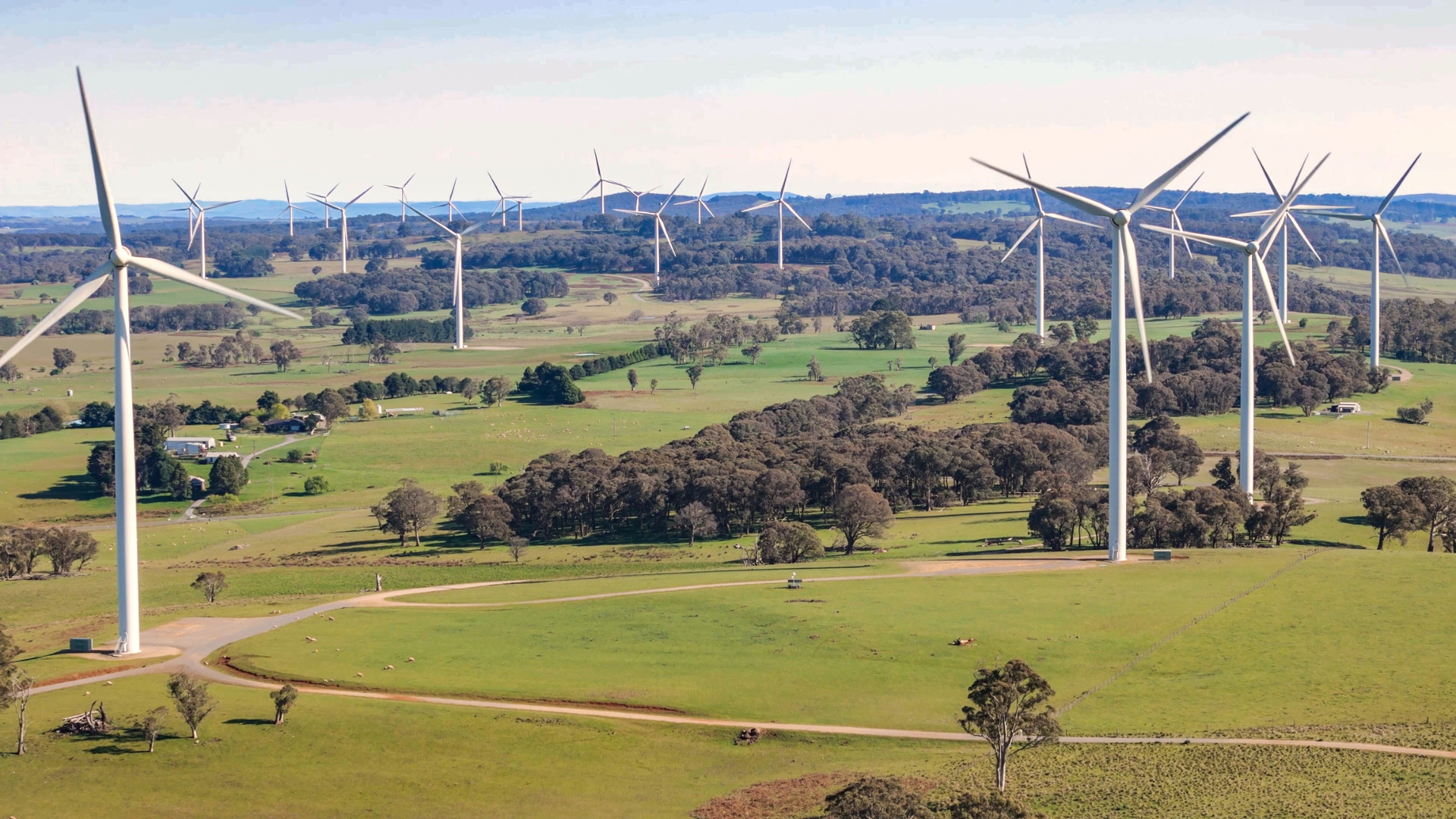How what we read has changed
People not only spend less time reading news and analyses online as they used to do in print, they prefer different types of articles. An analysis of the most popular reports on Investor Strategy News for the past year shows commentary and the industry’s history rate highest among our readers.
This newsletter celebrated its first birthday, last week, by studying its readers’ habits and ranking stories according to the unique and total clicks to read the full story, rather than just reading the introductory paragraphs. Total clicks include the number of times an individual – unique visitor – either reads the same story or, more likely, forwards it to another person.
On a total-clicks basis, which is a better reflection of actual readership, the top story for the past year was an historical analysis of the proposed sale of the NAB asset servicing business, published only last week.
Of the top 10 stories for the year, five could be described as commentary or analysis, usually placed into an historical context. Four were exclusive news stories and one was a response from a super fund to a comment piece critical of that fund.
In online publishing, the journalist or commentator is rewarded for being outspoken rather than adopting the traditional line of fair and even reporting. Sometimes it is difficult to tell a blogger, with all sorts of vested interests, from a journalist who is at least attempting to be objective.
The publisher is also rewarded by clicks to show to advertisers how ‘engaged’ his or her audience is. But, in news stories, the number of clicks will be significantly impacted by the amount of information that is – or mostly is not – in the intro. A story announcing the appointment of a new chief executive or CIO to a big fund, say, will get many more clicks if the identity of the person is not revealed until the second paragraph.
At ISN we mostly follow traditional journalistic rules, whereby an intro should answer as many of the “Five Ws” as possible. They are: ‘who’, ‘what’, ‘when’, ‘where’ and ‘why’.
Here are the top 10 stories for the past 12 months:
> Behind the NAB Custody sale
> AMP investment boss departs ahead of team’s abolition
> What’s gone wrong at Media Super
> Sunsuper and the Towers Watson review
> Towers Watson restructures manager research
> Media Super’s response to ISN criticism
> What value is manager research and selection?
> MTAA finally buries its target return fund
> ANZ centralises its investment processes
> More useless info from APRA: someone should tell them…









